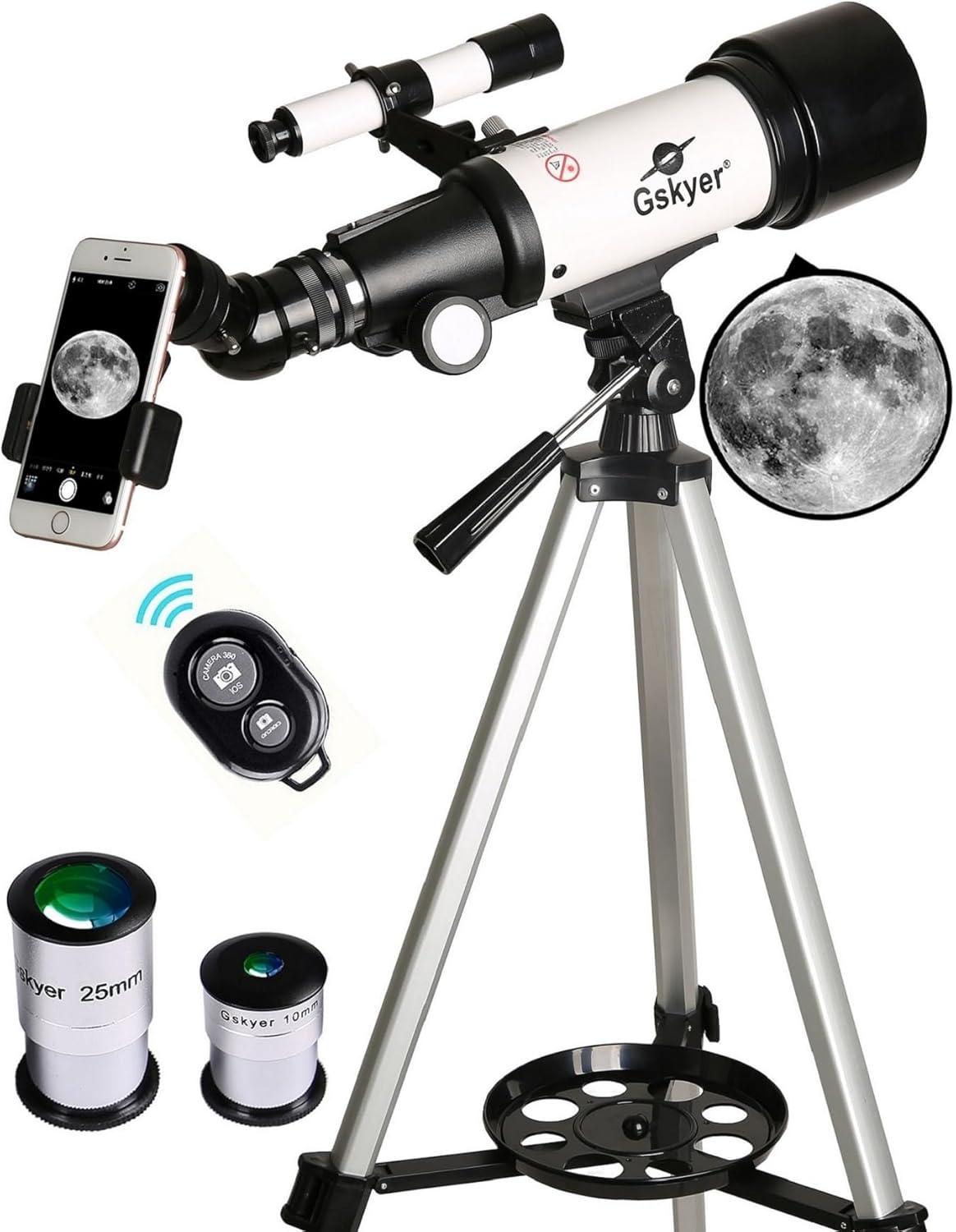Surprising Insight: Binocular Power Tested Versus Price
When dissecting the world of optical gear through the lens of price versus performance, a peculiar pattern emerges. Take, for example, the Occer 12x25 Compact Binoculars. Priced modestly, they offer impressive 12x magnification and large, user-friendly eyepieces, making them accessible for a wide range of activities from bird watching to travel. Their practical features, like waterproofing and low-light capabilities, add value that belies the cost.
Now compare them to the GOSKY Smartphone Adapter Mount Large Size, a device far more versatile in its compatibility with smartphones, telescopes, and even microscopes. While its own magnification isn’t inherently defined, its capacity to bridge different optical instruments with smartphones for recording is remarkable. Yet, its price often reflects its adaptability rather than a singular, high-powered focus, presenting an interesting contrast to specialized, high-cost binoculars.
Similarly, the Gskyer and Occer refracting telescopes, both boasting 70mm aperture, enter the conversation. The Gskyer, geared toward beginners, includes extras like a phone adapter and wireless remote, justifying its position at a slightly higher tier. Yet the Occer, also fully multi-coated at a lower cost, offers portability and straightforward operations without sacrificing basic performance.
Ultimately, testing these products side-by-side—whether by measuring angle of view, field of depth, or ease of focus—the disparity in user experience often defies expectations set purely by price. Performance sometimes blooms from innovation in accessories (like the GOSKY adapter) as much as from raw magnification, offering a surprising recalibration of what consumers should truly prioritize in their optical purchases.



